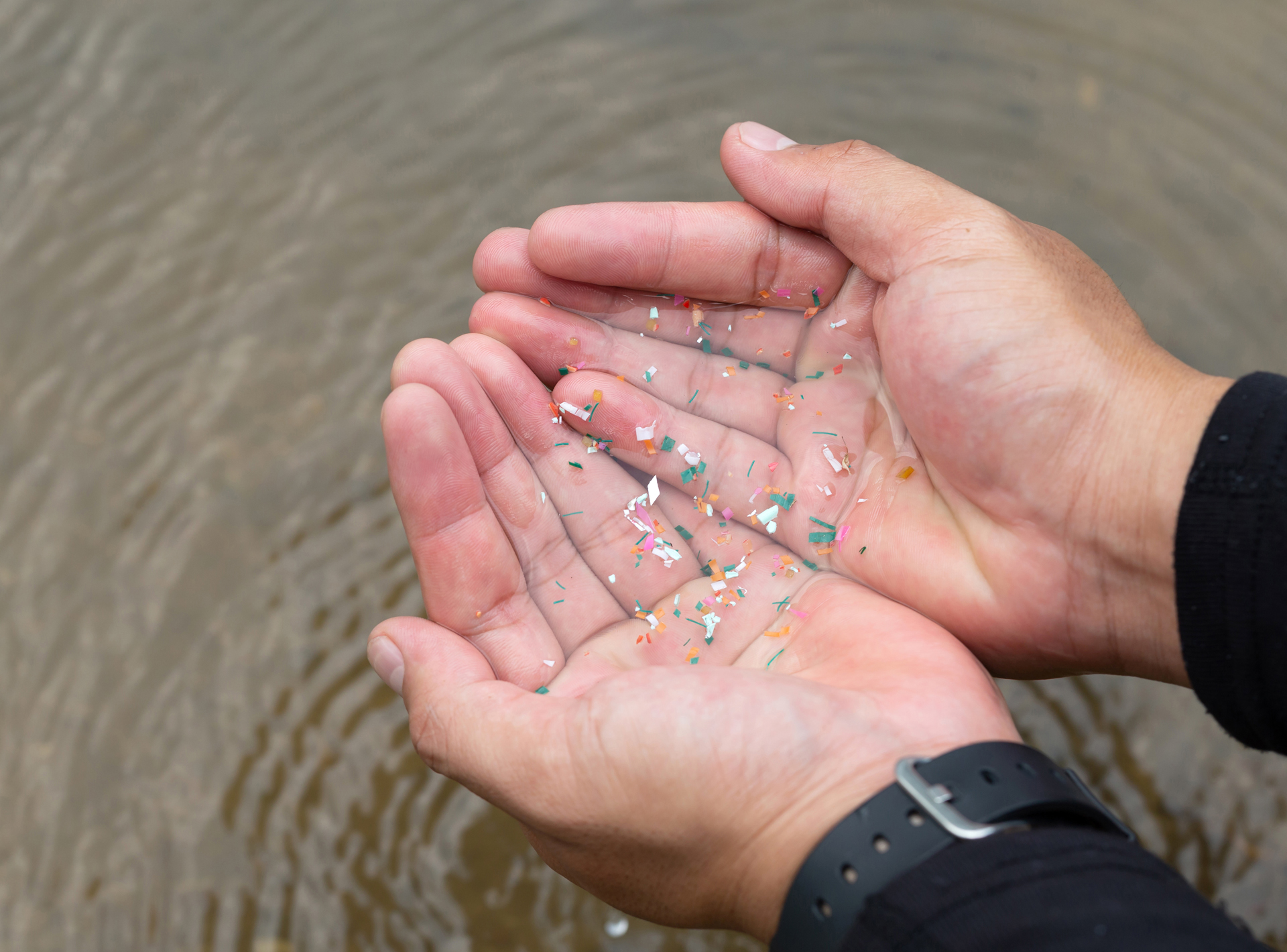 A study by the University of Queensland has revealed that microplastics are not just tiny particles that can be ingested, they can also carry viruses.
A study by the University of Queensland has revealed that microplastics are not just tiny particles that can be ingested, they can also carry viruses.
The team, led by Associate Prof Jianhua Guo and Dr Ji Lu from UQ’s Australian Centre for Water and Environmental Biotechnology (ACWEB), investigated if microplastics can harbour viruses using the E. coli bacteriophage, a virus that infects and replicates within the bacteria itself and is not harmful to humans.
Their findings, published 2 November 2022 in Water Research, showed that viruses can hitchhike on microplastics and use the medium to prolong their infectivity, with the potential for an increased risk of virus transmission throughout waterways and the environment.
“We often hear about the human and environmental harm caused by microplastics in water, but there is little known about whether the tiny microplastic particles can carry viruses,” Dr Guo said.
“By testing polystyrene particles of varying sizes, we found that more than 98% of the virus we used was found on the microplastic, and over half of the viruses could still be detected 10 days later – much longer than if the virus particles were free-floating in the water.
“Collectively, our findings highlight that microplastics are associated with the biological risks of water-borne viral transmission through virus adsorption.”
After applying the T4 bacteriophage to polystyrene microplastics, the researchers used a violet side scatter/green fluorescence double-gated flow cytometry approach to investigate the adsorption capacity.
Both Fourier-transform infrared spectroscopy and fluorescence-labelled confocal microscopy confirmed that the virus could successfully adsorb onto microplastics, while Zeta potential characterisation revealed that the electrostatic interaction was the primary adsorption mechanism.
The team also tested how sun exposure and the size of microplastics helped prolong the virus’s survival and found that the more environmentally damaged the microplastic was, the more likely it was to carry viruses.
Specifically, UV-aging was found to enhance the adsorption capacities of viruses on microplastics, with size impacting the rate of decay, yet both pristine and UV-aged microplastics were found to significantly prolong the infectivity of the adsorbed virus, even under elevated temperatures.
“The virus-carrying microplastics could be a big issue: the required dosage to be infectious to humans varies between different types of viruses, but there could be instances where the dosage is enough on a microplastic to cause potential infection,” Dr Lu said.
“Because microplastics can potentially accumulate deadly viruses and travel through waterways, it might, [for example], be risky to eat seafoods harvested from areas where they are frequently contaminated by microplastics.”
Dr Lu explained that the study was inspired by testing wastewater to detect COVID cases in the community, which started the team’s investigation into what could mediate virus transmission in aquatic environments.
“Our findings also indicated that microplastics could affect how viruses are distributed in water, which could be of interest in future studies,” Dr Lu said.
“Our findings have opened the door to further research that is needed in this area, including to test if other pathogens can hitchhike on more types of microplastics. The fact that viruses and microplastics can interact with each other could be problematic for human health.”

